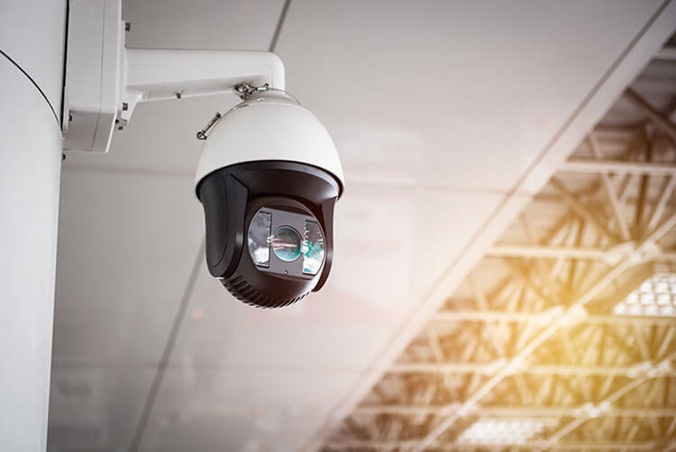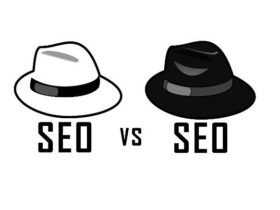Since its inception, video surveillance technology has come a long way. It has evolved from grainy, low-resolution footage to high-resolution images that can capture even the smallest details. Not to mention all of the cybersecurity integrations that have become widely available through companies like Verkada. Verkada news shows how they’re implementing more hybrid cloud security solutions. In this article, we’ll examine how video surveillance technology has evolved to get to this point.
The Early Days of Video Surveillance
Since the early days of video surveillance, technology has come a long way. What started as a few grainy security cameras have turned into a massive industry that encompasses a wide range of video surveillance options that even incorporate cybersecurity elements. As a result, more companies than ever are hiring employees with an associates degree in information technology (IT) to monitor elements of these systems.
The first video surveillance systems were large, expensive, and required a lot of manpower to operate. They were mostly used by governments and businesses to keep an eye on their property and employees. The video was captured on analog tape in those early days and was difficult to manage, as footage had to be manually reviewed to find any relevant clips.
From Analog To Digital
The introduction of digital video recording (DVR) systems in the late 1990s revolutionized the video surveillance industry. DVR systems allowed for the storage and retrieval of video footage using computers, making it much easier to find relevant clips. They also allowed footage playback at a much quicker speed than traditional analog systems.
The early 2000s saw the development of internet-based video surveillance systems, which allowed for live footage streaming to remote locations. This allowed for the monitoring of facilities and assets from anywhere in the world.
The Advent of Cloud Storage and Remote Access
Video surveillance technology has come a long way in recent years. With the advent of cloud storage and remote access, it’s now easier than ever to keep track of what is going on in your business, no matter where you are.
Thanks to cloud storage, businesses can now store and access video footage from anywhere with an internet connection. This means you can keep an eye on your business even when you are on vacation or stuck in traffic and can’t get to the office.
Remote access also allows businesses to keep an eye on their property even when no one is there. With remote access, you can view live footage of your property and even playback footage from past events. This can be a great way to keep track of what is going on at your business, even when you are not there.
Bring in Smart Technology
The past decade has seen the development of smart video surveillance systems capable of analyzing footage and identifying specific incidents or behaviors. These systems can also generate alerts when specific events occur, allowing security personnel to respond quickly. This technology has proved to be a valuable tool for businesses and organizations of all sizes, from small retail stores to large international airports.
Smart video surveillance systems can also help reduce overall business costs by identifying specific incidents and behaviors. This can help improve the efficiency of security operations and reduce the amount of time and money needed to investigate incidents.
Constantly-Evolving Surveillance
The future of video surveillance looks promising. With the advent of 5G technology, video surveillance systems will become even more powerful and versatile. They will be able to send and receive data at lightning-fast speeds, making them more reliable and efficient. Video surveillance is constantly evolving, and it’ll be interesting to see where the future takes it.











